At Angel Aviation, we believe that understanding aircraft performance and limitations is essential to safe and smart flying. It’s not just about knowing what your airplane can do — it’s about knowing what it shouldn’t. Whether you’re departing a high-density altitude airport in Arizona or calculating fuel burn for a cross-country into rural Alaska, mastering this section will elevate your confidence as a pilot.
If you’re preparing for your Private Pilot License (PPL) checkride, this guide will help you master performance charts, weight and balance, and engine limitations — everything your DPE will expect you to know and why it matters in real-world flying.
Why Performance & Limitations Knowledge Matters at Angel Aviation
When it comes to performance, numbers aren’t just numbers — they represent margins, safety buffers, and aircraft capabilities. We teach this subject to help you make informed go/no-go decisions, plan accurate flights, and operate your aircraft within safe limits.
During your checkride, your DPE will expect you to explain performance charts, aircraft weight and balance limits, and how changing conditions (altitude, temperature, weight) affect takeoff, climb, and landing performance.
Performance Topics You’ll Be Quizzed On
1. Takeoff & Landing Distances
- Use your POH to find takeoff roll, ground roll, and total distance over a 50’ obstacle.
- Account for elevation, temperature, winds, and runway surface.
- Know how to interpolate between chart values — don’t just guess!
Checkride Tip: Be ready for a question like,
“You’re departing from a 5,000’ density altitude airport on a 90°F day — what’s your takeoff distance?”
2. Weight & Balance
You must know:
- Basic Empty Weight (from aircraft’s W&B sheet)
- How to calculate loaded weight, CG, and moment
- CG limits for your aircraft — and what happens if you’re out of limits
We teach students to use both manual calculations and flight planning apps like ForeFlight. Just remember: You’re still responsible for checking accuracy.
Scenario you’ll likely get:
“You’re flying with two passengers and full fuel — are you within limits? What happens if your CG is too far aft?”
3. Density Altitude & Aircraft Performance
High altitude + high temperature = reduced performance.
- Know how to calculate density altitude.
- Be able to explain how it impacts takeoff, climb, engine output, and true airspeed.
Remember: Just because the runway is long enough doesn’t mean your aircraft can climb safely after departure.
4. Performance Charts in Your POH
Expect to interpret:
- Takeoff and landing performance charts
- Time, fuel, and distance to climb
- Cruise performance tables (based on power setting, altitude, and temperature)
- Endurance and range charts
Know how to:
✅ Apply pressure altitude and temperature
✅ Adjust for winds and mixture
✅ Use correct weight and configuration
Aircraft Limitations: Numbers You Must Know Cold
Your DPE may ask:
- What’s your Vx and Vy? (Best angle and rate of climb)
- What’s your Va (maneuvering speed)? How does weight affect it?
- What’s your Vne? (Never-exceed speed)
- What’s your max gross weight?
- What’s the stall speed (Vs0 and Vs1)?
- What’s the maximum demonstrated crosswind component?
Red Line, Green Arc, White Arc — Know the Markings
Use the airspeed indicator as a teaching tool:
- White Arc: Flap operating range (Vs0 to Vfe)
- Green Arc: Normal operating range
- Yellow Arc: Caution range (smooth air only)
- Red Line: Vne
Engine and System Limitations
Your examiner will expect you to explain:
- Max RPM
- Oil temperature and pressure limits
- Fuel system layout (gravity-fed or fuel pump?)
- Electrical system (alternator vs. battery)
- What happens during carburetor icing, and how to detect/prevent it
- When and how to use carb heat
Tip: Be prepared to describe how you’d handle a partial power loss or engine overheat scenario.
Scenario-Based Questions We Practice
We don’t just teach performance theory — we drill real-world thinking into every lesson. Here are a few examples:
“You’re taking off from a short, grass runway with a full load — how do you ensure a safe departure?”
“How does a 10-knot headwind affect your landing distance?”
“It’s a hot day at high elevation, and your plane seems sluggish on climb — what’s happening?”
“Your calculated CG is just outside the forward limit — what’s the safest adjustment?”
Performance Resources Every Angel Pilot Uses
We train you to use real-world tools to make safe decisions:
- POH performance charts (memorize locations for quick reference)
- ForeFlight or Garmin Pilot for planning and W&B
- E6B (electronic or manual) for performance calculations
- AIM & FAA Handbooks — especially the Pilot’s Handbook of Aeronautical Knowledge
Final Checkride Prep: Know How, Not Just What
At Angel Aviation, we teach you to do more than memorize numbers — we teach you to think like a pilot. You’ll walk into your checkride ready to calculate, explain, and apply performance data confidently.
Need Extra Help?
Ask your instructor for a Performance & Limitations Deep Dive, or join our Checkride Prep Workshop where we walk through real-world calculations and mock oral questions.
Train With Purpose. Fly With Confidence.
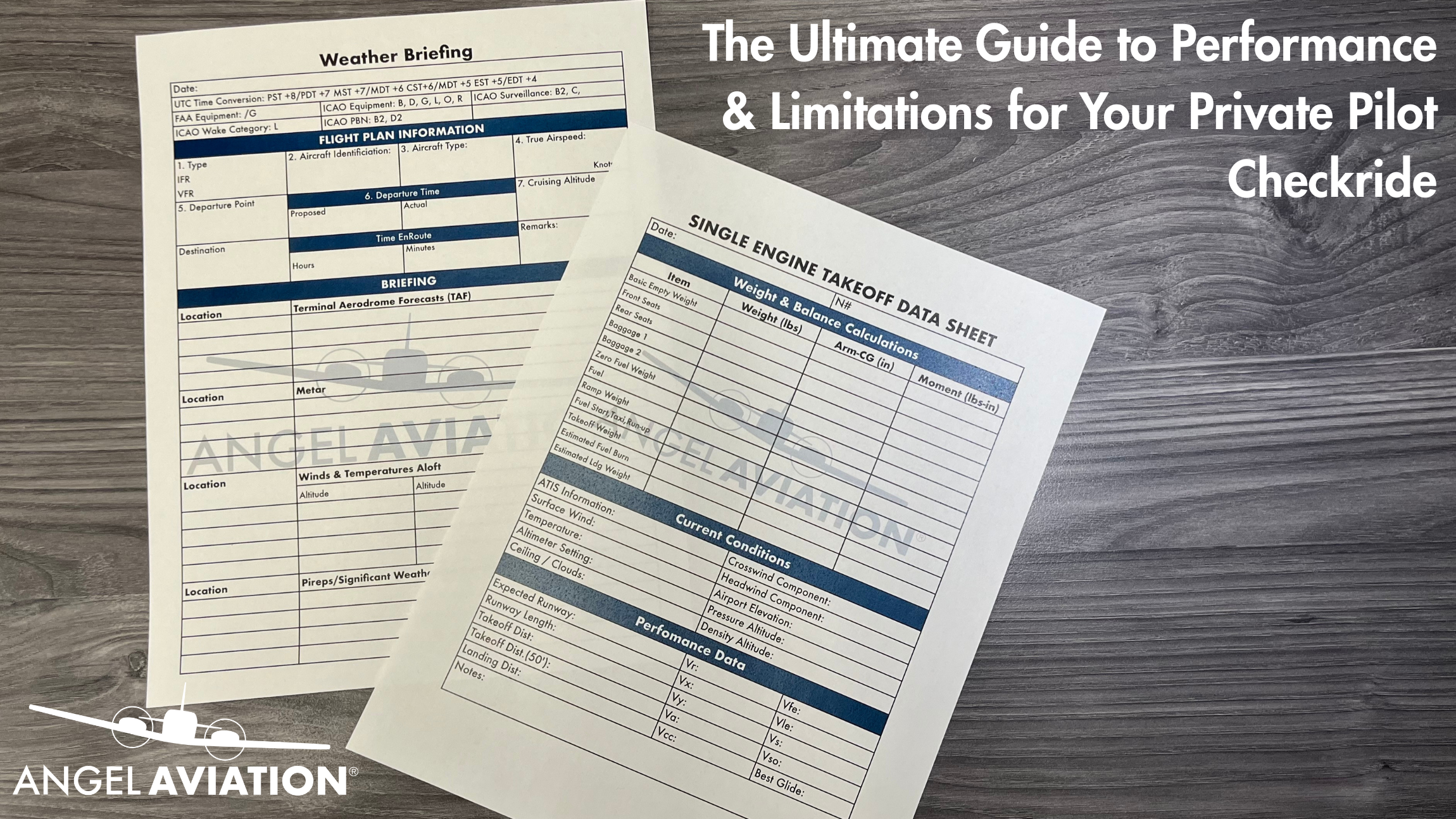
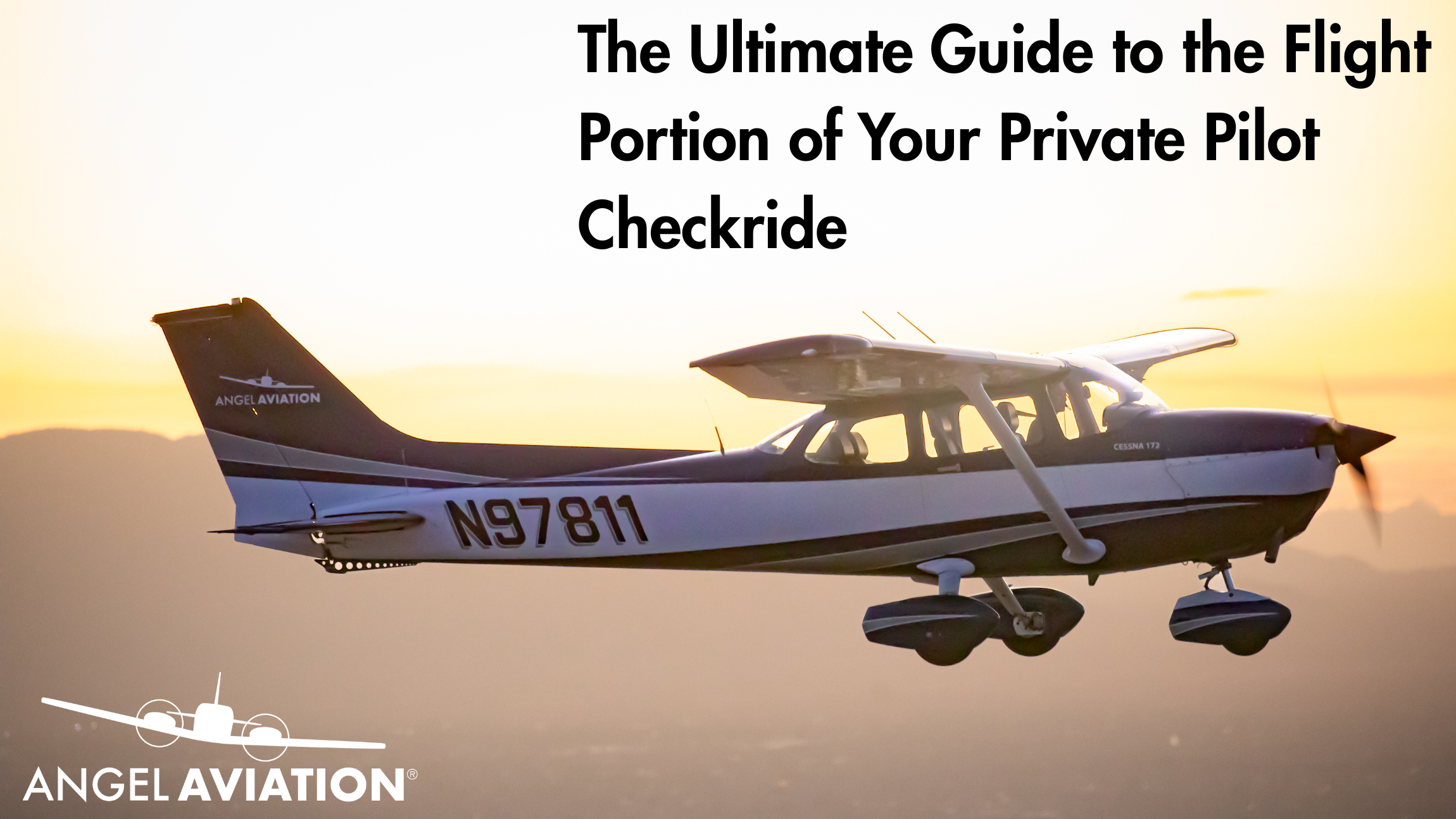
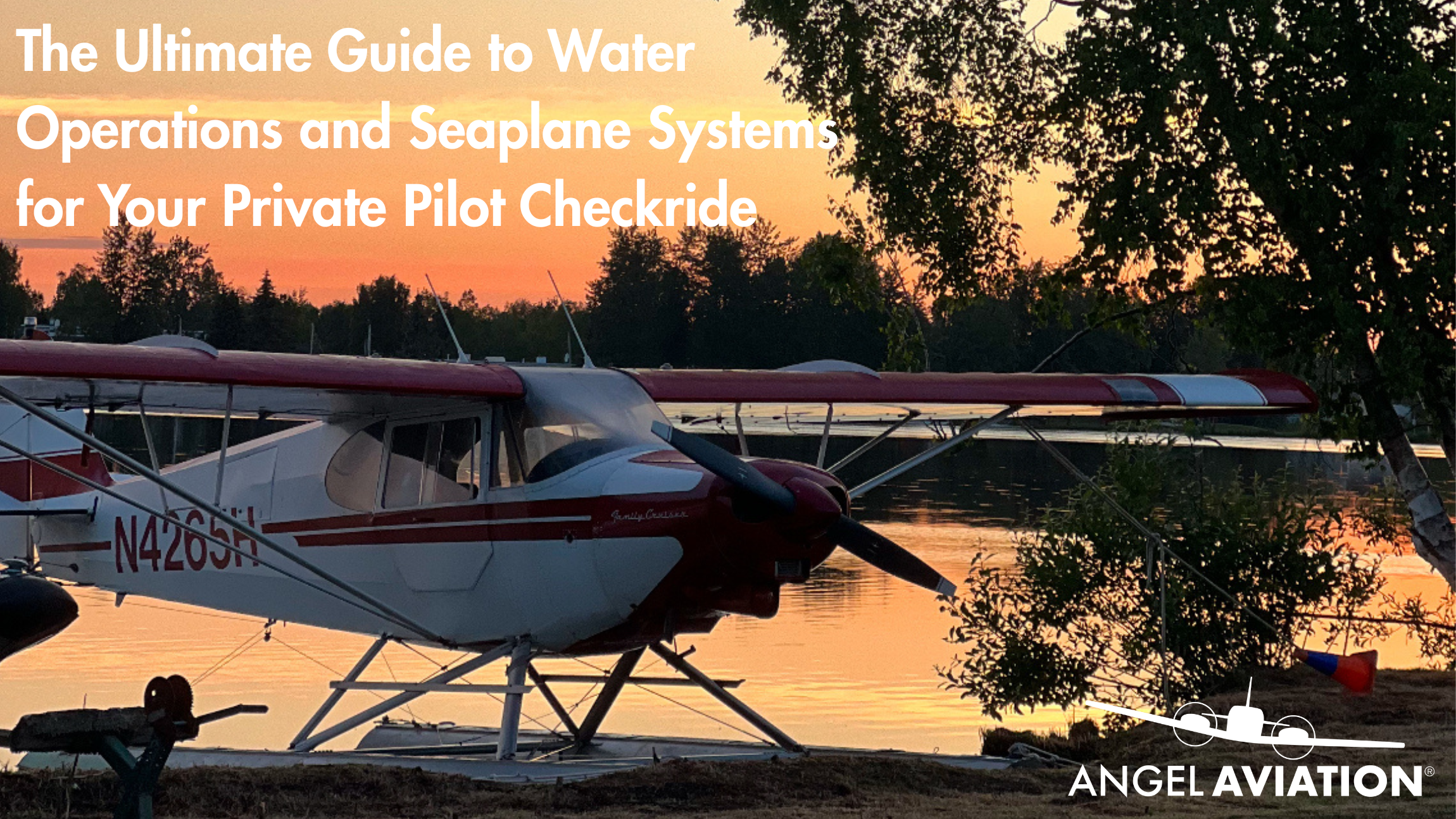
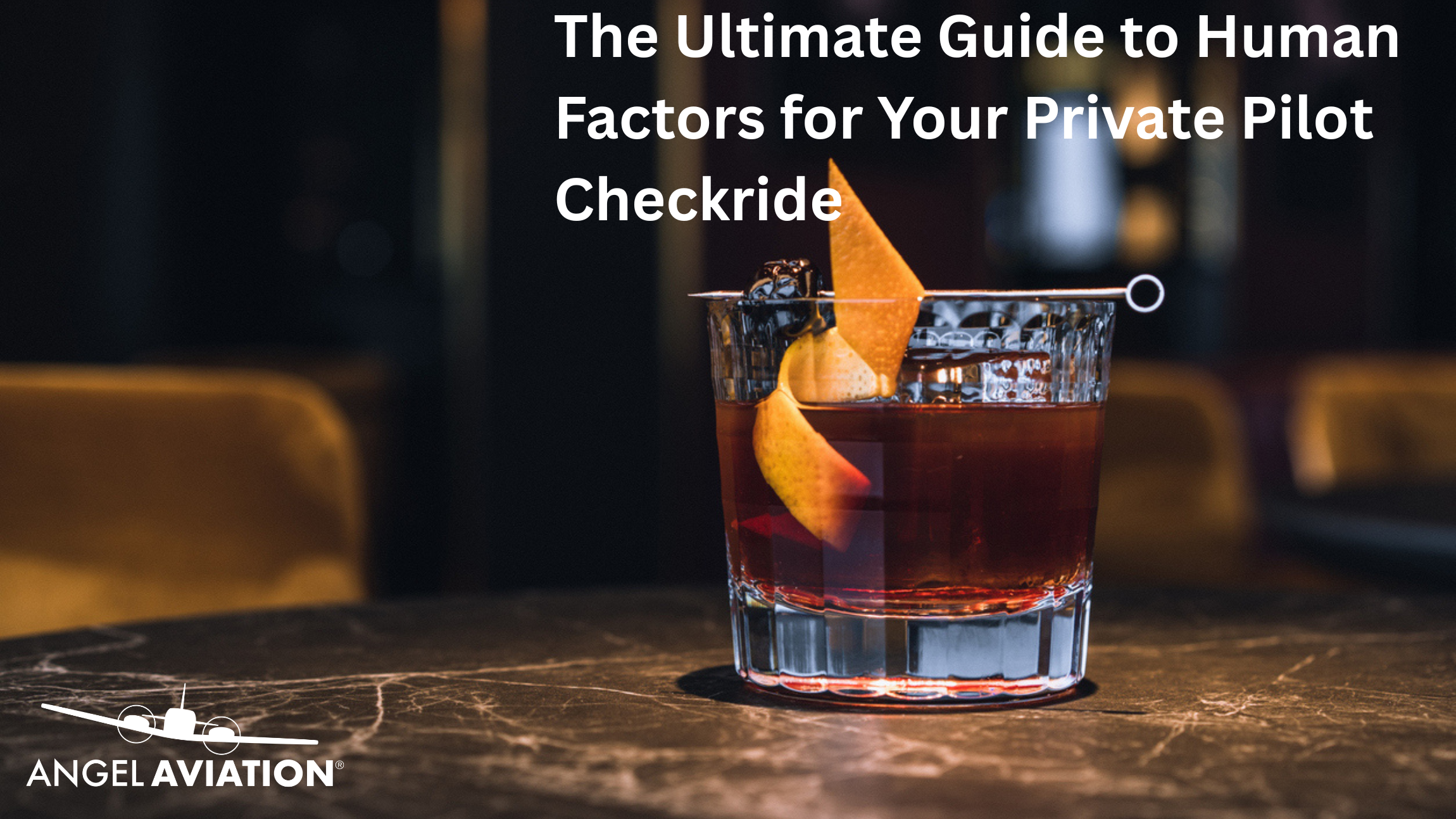
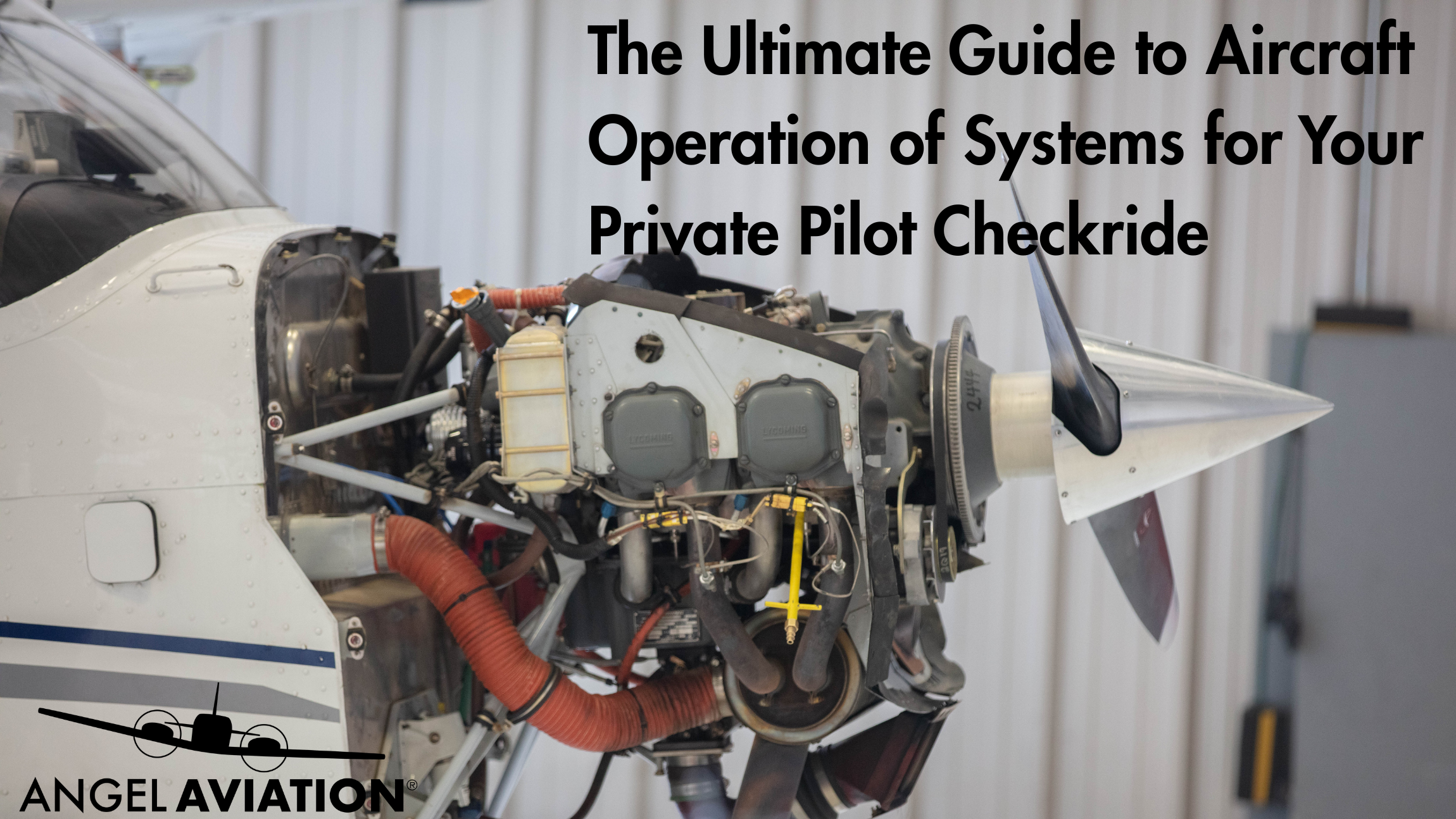
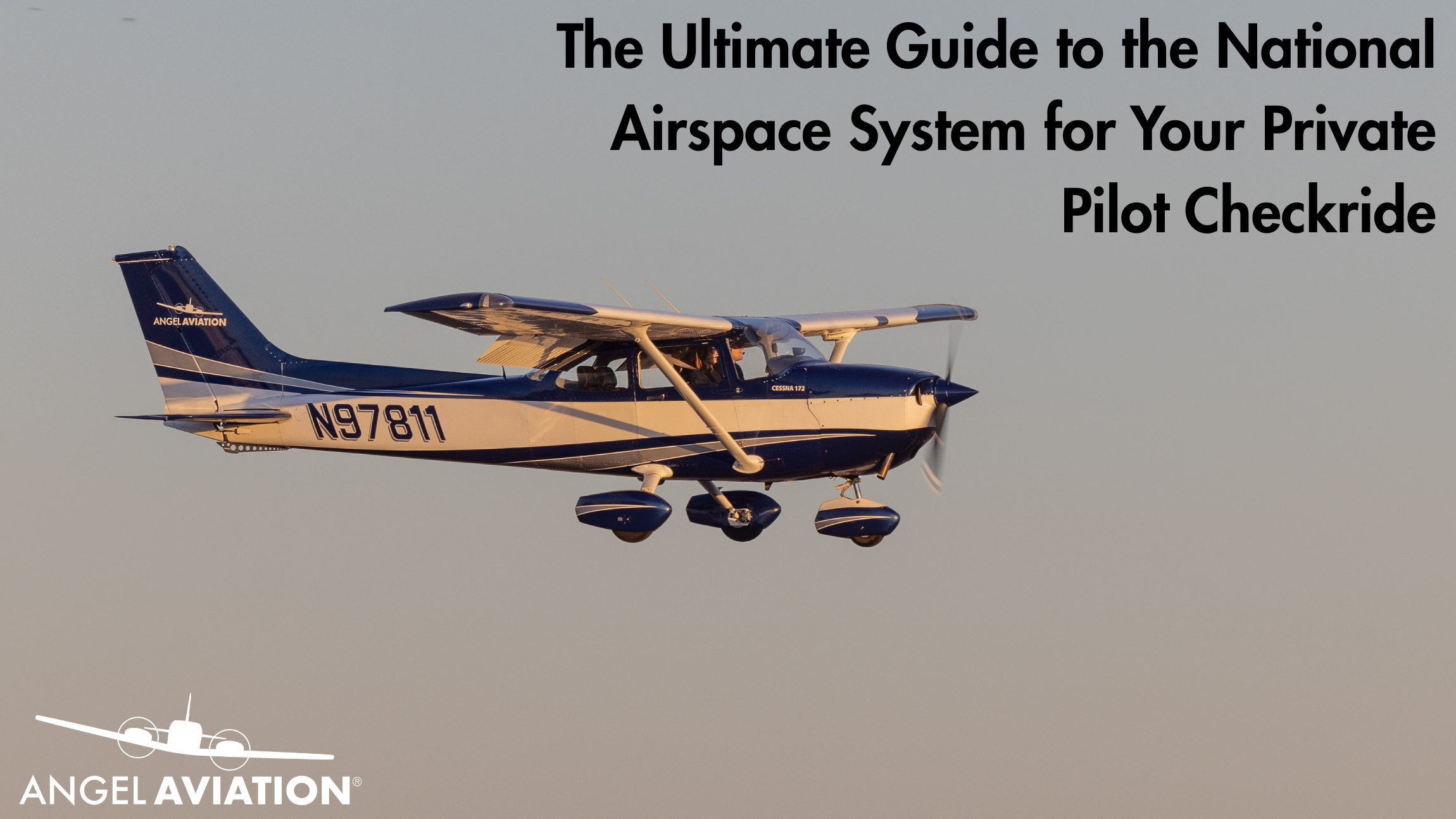
Leave A Comment